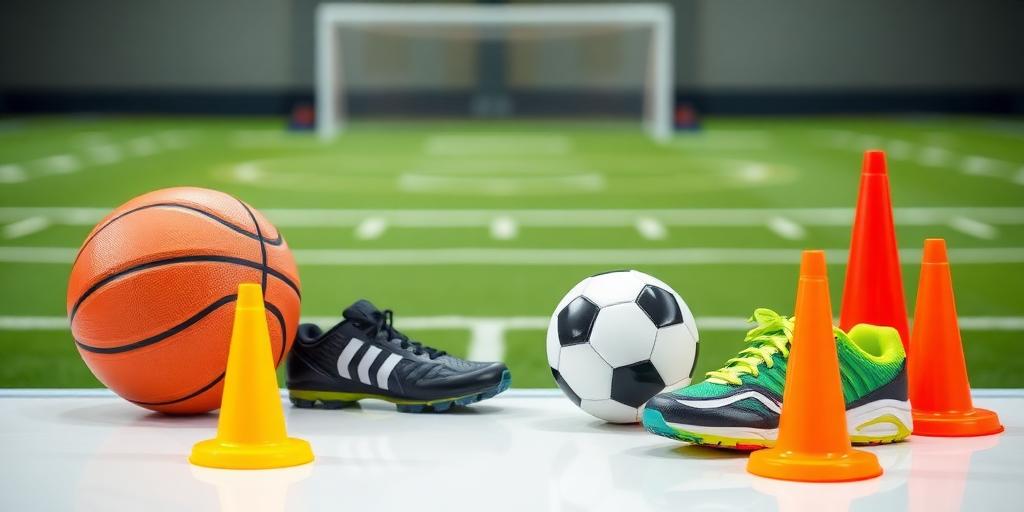Training Programs for Specific Sports: A Comprehensive Guide
Participating in sports offers numerous benefits, from improving physical fitness to fostering teamwork and discipline. However, to excel and minimize the risk of injury, athletes need structured and sport-specific training programs. This guide explores training programs tailored for different sports, focusing on key components and considerations.
Basketball Training Program
Basketball requires a combination of cardiovascular endurance, agility, strength, and precise skill execution. A well-rounded basketball training program should include:
- Cardiovascular Training: Essential for maintaining stamina throughout games. Activities include running drills, interval training, and court sprints.
- Strength Training: Focus on building strength in major muscle groups, including legs, core, and upper body. Exercises like squats, lunges, deadlifts, bench press, and pull-ups are beneficial.
- Agility Training: Enhances quickness and change-of-direction ability. Cone drills, ladder drills, and shuttle runs are effective.
- Plyometrics: Improves explosive power for jumping and sprinting. Box jumps, jump squats, and medicine ball throws are commonly used.
- Skill Development: Regular practice of basketball-specific skills like dribbling, shooting, passing, and rebounding.
- Flexibility and Mobility: Stretching and mobility exercises to prevent injuries and improve range of motion.
Soccer Training Program
Soccer demands high levels of endurance, speed, agility, and technical skills. A comprehensive soccer training program should encompass:
- Endurance Training: Crucial for covering long distances during matches. Continuous running, interval training, and fartlek training are effective.
- Strength Training: Focus on lower body strength and core stability. Exercises like squats, deadlifts, hamstring curls, and calf raises are important.
- Speed and Agility Training: Enhances sprinting speed and agility on the field. Sprint drills, cone drills, and agility ladders are used.
- Plyometrics: Develops explosive power for jumping, kicking, and sprinting. Box jumps, plyometric lunges, and jump squats are beneficial.
- Technical Skill Development: Consistent practice of dribbling, passing, shooting, and tackling.
- Flexibility and Mobility: Regular stretching and mobility exercises to prevent injuries and improve flexibility.
Considerations for All Sports Training Programs
When designing or participating in any sports training program, consider the following:
- Individual Assessment: Evaluate the athlete's current fitness level, skill level, and any pre-existing injuries.
- Goal Setting: Establish clear and achievable goals to provide motivation and direction.
- Progressive Overload: Gradually increase the intensity, duration, or volume of training to stimulate adaptation and improvement.
- Proper Nutrition: Ensure a balanced diet that supports energy needs and recovery.
- Adequate Rest and Recovery: Allow sufficient time for the body to recover between training sessions to prevent overtraining and injuries.
- Injury Prevention: Incorporate warm-up routines, cool-down routines, and proper technique to minimize the risk of injuries.
- Monitoring and Adjustment: Regularly monitor progress and adjust the training program as needed based on performance and feedback.
Conclusion
Sport-specific training programs are essential for athletes looking to improve their performance, prevent injuries, and achieve their goals. By incorporating key components such as cardiovascular training, strength training, agility training, plyometrics, and skill development, athletes can optimize their physical and technical abilities. Remember to consider individual needs, set realistic goals, and prioritize proper nutrition, rest, and injury prevention strategies for a successful and sustainable training journey.









